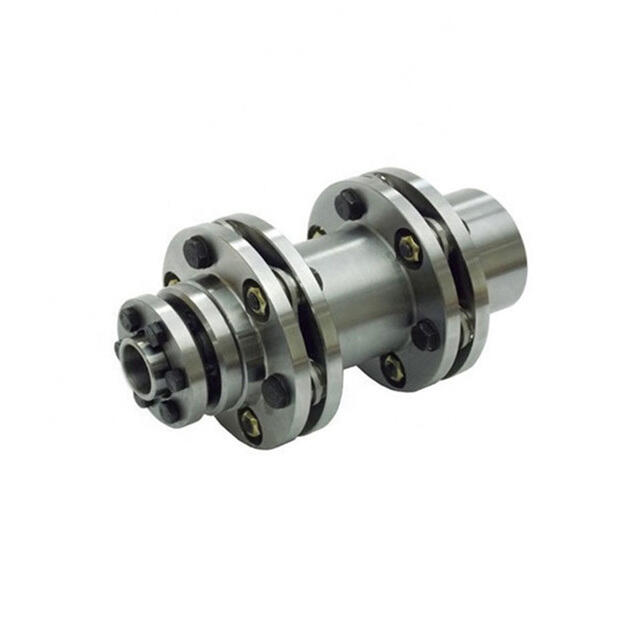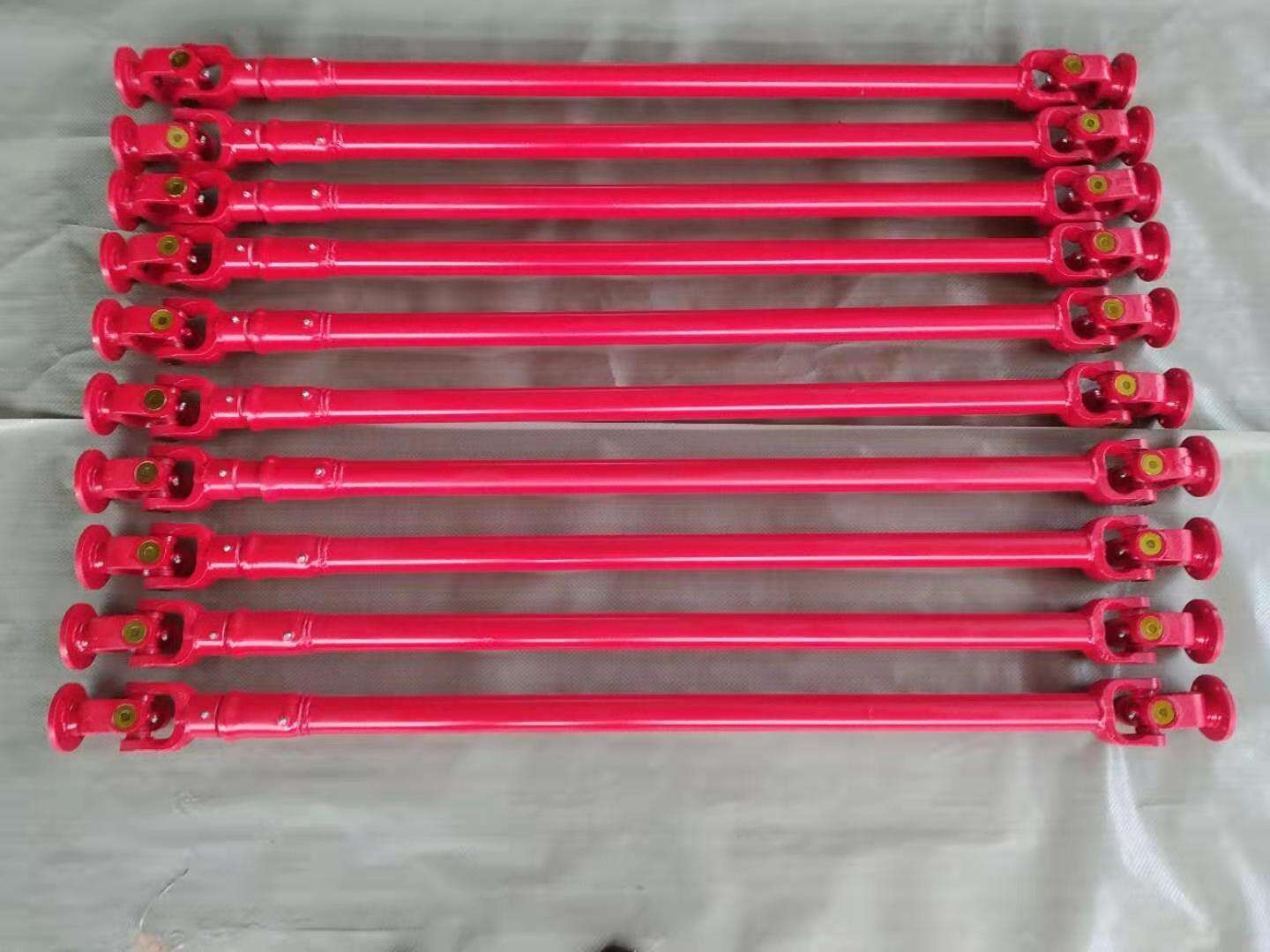spring type coupling
A spring type coupling is an essential mechanical component designed to connect and transmit power between rotating shafts while accommodating misalignment and reducing shock loads. This versatile coupling consists of two hubs connected by a series of carefully engineered springs, which provide both flexibility and torque transmission capabilities. The springs are typically arranged in a specific pattern to ensure optimal performance and durability. The design allows for axial, angular, and parallel misalignment between connected shafts, making it particularly valuable in various industrial applications. The coupling's unique construction enables it to absorb vibrations and shock loads effectively, protecting connected equipment from potential damage. Its ability to operate efficiently in both low and high-speed applications, combined with minimal maintenance requirements, makes it a preferred choice in many industrial settings. The spring type coupling excels in environments where precise power transmission is crucial, such as in pumps, compressors, generators, and various types of industrial machinery. Its robust construction and reliable performance characteristics have made it a standard component in modern power transmission systems.


